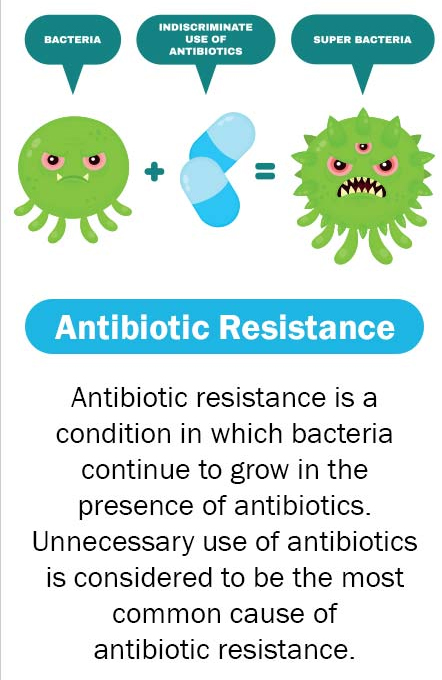Context:
A recent study by the University of South Australia has shed light on the potential risks of using over-the-counter (OTC) medications like ibuprofen and paracetamol, commonly used to treat pain, fever, and inflammation. Researchers found that these medications can drive antibiotic resistance when used individually and amplify it when used together.
Key Findings:
· Increased Bacterial Mutations: Ibuprofen and paracetamol significantly increased bacterial mutations, making E. coli highly resistant to the antibiotic ciprofloxacin.
· Resistance to Multiple Antibiotics: The bacteria developed resistance not only to ciprofloxacin but also to multiple other antibiotics from different classes.
· Stress on Bacteria: The medications can put bacteria under stress, triggering survival mechanisms that can lead to antibiotic resistance.
Implications:
· Aged Care Concerns: The study highlights the need to carefully consider the risks of using multiple medications, particularly in aged care where residents are often prescribed a mix of long-term treatments.
· Global Health Threat: The World Health Organization (WHO) has declared antimicrobial resistance a global threat to public health, responsible for 1.27 million global deaths in 2019.
What Are OTC Medicines?
- Over-the-counter (OTC) medicines are non-prescription drugs that can be purchased without a doctor’s prescription. They are designed to treat minor, everyday health issues such as pain, allergies, cold and flu symptoms, digestive discomfort, and skin conditions.
- Common examples include acetaminophen (Tylenol) and ibuprofen (Motrin) for pain, diphenhydramine (Benadryl) for allergies, and antacids for indigestion. These drugs are easily accessible at pharmacies and are considered safe when used as directed.
About Antibiotic Resistance:
Antibiotic resistance refers to the ability of bacteria and other microbes to survive and grow despite the presence of antibiotics meant to kill them.
· This resistance develops naturally over time through genetic changes, allowing harmful bacteria to multiply and cause infections that become increasingly difficult—or even impossible—to treat.
· As a result, common illnesses could once again become deadly, threatening the foundation of modern medicine.
How it happens?
Bacteria become resistant through genetic mutations or by acquiring resistance genes from other microbes. They can neutralize antibiotics by:
· Altering the drug’s structure
· Blocking its target site
· Producing alternative pathways or enzymes
Such bacteria can survive even strong treatments, spread rapidly, and create untreatable infections.
Conclusion:
The study's findings emphasize the importance of responsible medication use and the need for further research into the potential risks of OTC medications on antibiotic resistance







